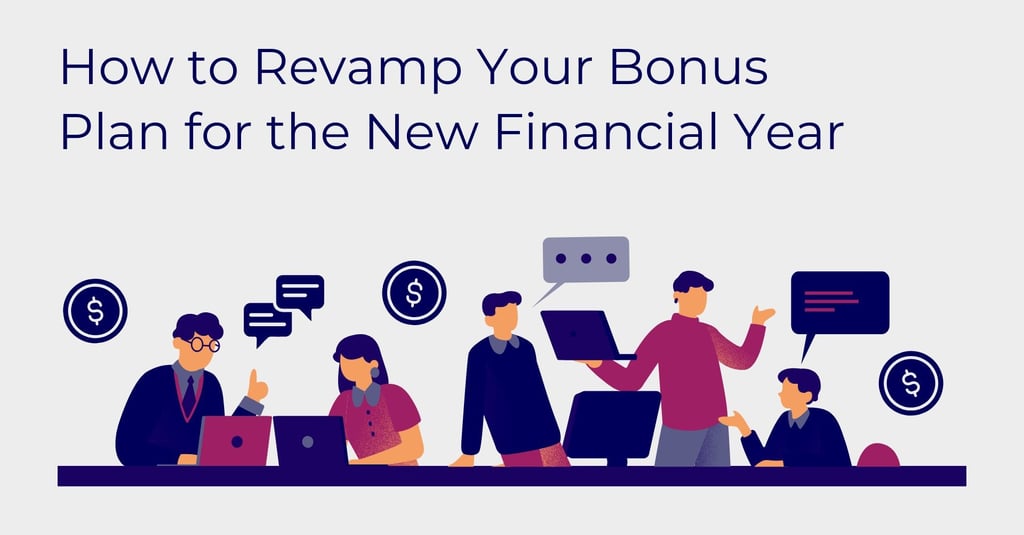How to Revamp Your Bonus Plan for the New Financial Year
Yes, money matters. But bonuses shouldn’t feel like an extra paycheck employees come to expect year after year, especially if performance or profits haven’t changed.
PEOPLE & CULTURE
Fay Theiss
7/14/20252 min read


As we kick off the new financial year, it’s the perfect time for businesses to revisit their bonus schemes. A well-designed plan isn’t just about numbers, it’s a chance to motivate your team, align performance with business goals, and build a stronger, more engaged workforce.
Here’s how to approach it.
Think Beyond the Paycheck
Yes, money matters. But bonuses shouldn’t feel like an extra paycheck employees come to expect year after year, especially if performance or profits haven’t changed.
The most effective bonus schemes are part of a broader strategy: one that rewards contribution, recognises impact, and complements a culture of autonomy, learning, and purpose.
Start with Strategy
Before jumping into numbers or percentages, ask yourself:
Are we trying to share profits?
Do we need to stay within a fixed budget?
Are we rewarding high performers or encouraging retention?
Your answers will shape the structure of your bonus plan and make sure it serves a clear purpose.
Types of Bonus Schemes
There’s no one-size-fits-all. Here are a few bonus types to consider:
Performance Bonuses – For hitting individual or team goals.
Profit-Sharing – Encourages ownership by sharing business success.
Commissions – Typically for sales roles, tied to revenue.
Signing Bonuses – To attract high-demand talent.
Retention Bonuses – To keep key employees during critical periods.
Referral Bonuses – For helping grow the team with great talent.
Non-Monetary Bonuses – Extra leave, flexibility, development opportunities.
Annual Bonuses – Based on full-year performance or company profit.
Spot Bonuses – Immediate rewards for going the extra mile.
Discretionary Bonuses – Manager-approved recognition outside formal schemes.
How to Calculate Bonuses
The three most common methods:
Percentage of Salary – Easy to explain and apply.
Performance-Based – Linked to clear KPIs or review ratings.
Profit-Sharing – Requires transparency and agreed-upon distribution logic.
Key Things to Get Right
A strong bonus scheme is fair, transparent, and motivating. Keep in mind:
Clarity – Spell out the ‘what’ and ‘how’ so there’s no confusion.
Influence – Make sure employees can actually influence the outcomes tied to their bonus.
Fairness – If salaries vary, a percentage-based model can level the field.
Timing – Set expectations on when bonuses are reviewed and paid.
Documentation – Avoid disputes by clearly outlining the scheme in writing.
Final Word
Bonuses should support your bigger people strategy not distract from it. If your scheme is outdated, unclear, or not delivering impact, this new financial year is your chance to do better. A thoughtful bonus structure can help you retain talent, reward performance, and drive results without blowing the budget.
_________________________
If you’d like exclusive content on personal development (plus a few templates to help you out), sign up to my newsletter here.
